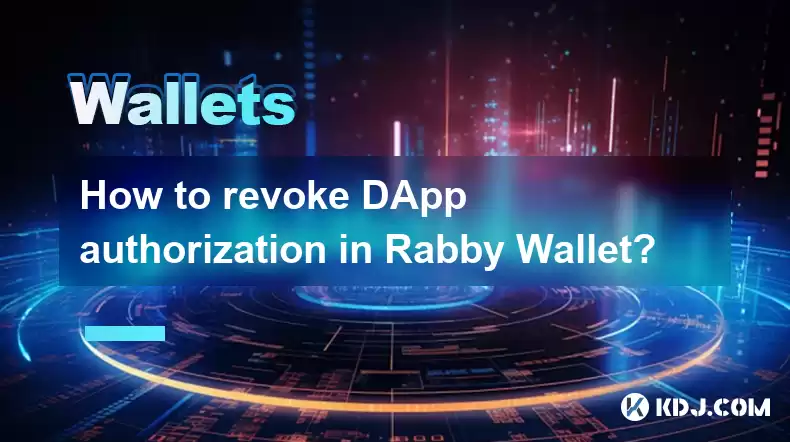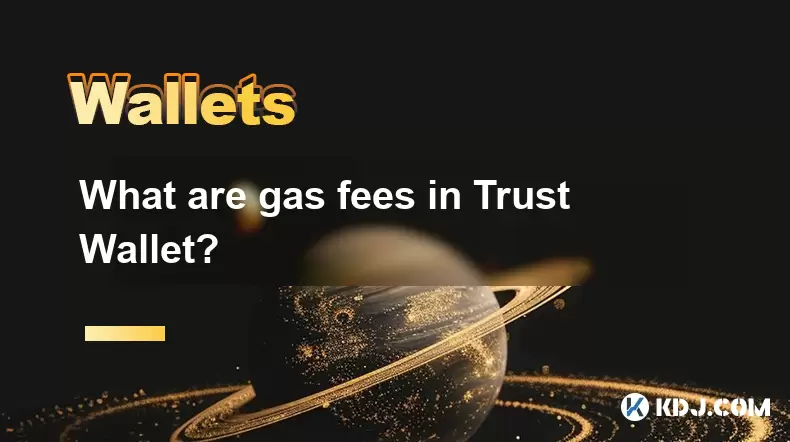-
 Bitcoin
Bitcoin $114400
1.32% -
 Ethereum
Ethereum $3499
2.20% -
 XRP
XRP $2.922
4.26% -
 Tether USDt
Tether USDt $0.0000
0.03% -
 BNB
BNB $752.6
1.53% -
 Solana
Solana $161.8
1.64% -
 USDC
USDC $0.9999
0.01% -
 TRON
TRON $0.3267
1.32% -
 Dogecoin
Dogecoin $0.1991
3.02% -
 Cardano
Cardano $0.7251
3.29% -
 Hyperliquid
Hyperliquid $38.32
3.36% -
 Stellar
Stellar $0.3972
7.58% -
 Sui
Sui $3.437
2.74% -
 Chainlink
Chainlink $16.29
3.65% -
 Bitcoin Cash
Bitcoin Cash $545.3
3.70% -
 Hedera
Hedera $0.2482
7.49% -
 Ethena USDe
Ethena USDe $1.001
0.03% -
 Avalanche
Avalanche $21.40
2.02% -
 Toncoin
Toncoin $3.579
1.56% -
 Litecoin
Litecoin $109.3
2.20% -
 UNUS SED LEO
UNUS SED LEO $8.951
-0.18% -
 Shiba Inu
Shiba Inu $0.00001220
2.75% -
 Polkadot
Polkadot $3.613
2.99% -
 Uniswap
Uniswap $9.173
3.78% -
 Monero
Monero $302.6
2.62% -
 Dai
Dai $0.0000
0.00% -
 Bitget Token
Bitget Token $4.320
1.52% -
 Pepe
Pepe $0.00001048
3.40% -
 Cronos
Cronos $0.1314
4.33% -
 Aave
Aave $259.4
3.54%
How to revoke DApp authorization in Rabby Wallet?
Rabby Wallet users can revoke DApp authorization by navigating to settings, selecting Security & Privacy, and removing access from the DApp Permissions list.
Apr 24, 2025 at 08:42 pm

Introduction to Rabby Wallet and DApp Authorization
Rabby Wallet is a versatile and user-friendly cryptocurrency wallet that allows users to interact with various decentralized applications (DApps) on different blockchain networks. One of the essential features of Rabby Wallet is the ability to authorize and manage permissions for these DApps. However, it's crucial for users to understand how to revoke DApp authorization to maintain control over their assets and privacy. In this article, we will explore the detailed steps on how to revoke DApp authorization in Rabby Wallet, ensuring users can manage their permissions effectively.
Understanding DApp Authorization
Before diving into the process of revoking DApp authorization, it's important to understand what it entails. When you connect your Rabby Wallet to a DApp, you are granting it permission to interact with your wallet. This can include reading your wallet's balance, sending transactions, or accessing other data. Revoking authorization means you are withdrawing these permissions, ensuring that the DApp can no longer interact with your wallet without your consent.
Accessing the DApp Authorization Settings
To begin the process of revoking DApp authorization, you need to access the settings within Rabby Wallet. Here's how you can do it:
- Open Rabby Wallet: Launch the Rabby Wallet application on your device.
- Navigate to Settings: Click on the settings icon, usually located in the top right corner of the wallet interface.
- Select Security & Privacy: Within the settings menu, find and click on the "Security & Privacy" option.
- Access DApp Permissions: Look for a section labeled "DApp Permissions" or something similar, and click on it to view the list of authorized DApps.
Revoking DApp Authorization
Once you are in the DApp Permissions section, you can see a list of all the DApps that have been granted access to your wallet. To revoke authorization for a specific DApp, follow these steps:
- Select the DApp: Scroll through the list and find the DApp for which you want to revoke authorization.
- View Details: Click on the DApp to view more detailed information about the permissions it has been granted.
- Revoke Authorization: Look for an option to revoke or withdraw permissions. This might be labeled as "Revoke," "Withdraw," or "Remove Access." Click on this option to initiate the revocation process.
- Confirm Action: You will likely be prompted to confirm the action. Confirm that you want to revoke the DApp's authorization.
Verifying the Revocation
After revoking the DApp authorization, it's essential to verify that the process was successful. Here's how you can do it:
- Return to DApp Permissions: Go back to the DApp Permissions section in the settings.
- Check the List: Look for the DApp you just revoked authorization for. It should no longer appear in the list of authorized DApps.
- Test the DApp: If you're still unsure, you can try connecting to the DApp again. If the revocation was successful, you should be prompted to authorize it again before it can interact with your wallet.
Additional Tips for Managing DApp Permissions
Managing DApp permissions effectively can enhance your security and privacy. Here are some additional tips to consider:
- Regularly Review Permissions: Make it a habit to periodically review the list of authorized DApps and revoke any permissions that are no longer needed.
- Be Cautious with New DApps: When connecting to a new DApp, carefully review the permissions it is requesting. Only grant the necessary permissions and consider revoking them after use.
- Use Separate Wallets for Different DApps: If you frequently interact with multiple DApps, consider using separate wallets for different purposes to minimize risk.
Frequently Asked Questions
Q: Can I revoke DApp authorization on mobile devices using Rabby Wallet?
Yes, the process of revoking DApp authorization on mobile devices is similar to the desktop version. You can access the settings, navigate to the DApp Permissions section, and follow the same steps to revoke authorization.
Q: Will revoking DApp authorization affect my existing transactions with the DApp?
No, revoking DApp authorization will not affect any transactions that have already been completed. It only prevents future interactions between the DApp and your wallet.
Q: Is it possible to temporarily revoke DApp authorization and then re-authorize it later?
Yes, you can revoke DApp authorization at any time and re-authorize the DApp later if needed. The process of re-authorizing is similar to the initial authorization process.
Q: What should I do if I accidentally revoke authorization for a DApp I need to use?
If you accidentally revoke authorization for a DApp, you can simply go through the process of re-authorizing it. Connect to the DApp again and grant the necessary permissions when prompted.
Disclaimer:info@kdj.com
The information provided is not trading advice. kdj.com does not assume any responsibility for any investments made based on the information provided in this article. Cryptocurrencies are highly volatile and it is highly recommended that you invest with caution after thorough research!
If you believe that the content used on this website infringes your copyright, please contact us immediately (info@kdj.com) and we will delete it promptly.
- Kaspa, HBAR, and Cold Wallet: A New York Minute on Crypto's Latest Moves
- 2025-08-04 09:11:54
- Ethereum Whale Watch: Selling Pressure and Price Volatility
- 2025-08-04 09:11:54
- XRP ETF Mania: Teucrium's Crypto Triumph and the Altcoin Frenzy
- 2025-08-04 09:30:13
- Crypto Wallet Scam: A $900K Loss & What You Need to Know
- 2025-08-04 09:35:13
- Dogecoin's Wild Ride: Elliott Wave, Stochastic RSI, and What's Next, Ya Know?
- 2025-08-04 09:40:12
- Shiba Inu (SHIB), Crypto Investments, and the Meme Coin Evolution: What's the Deal?
- 2025-08-04 09:45:17
Related knowledge

What is a watch-only wallet in Trust Wallet?
Aug 02,2025 at 03:36am
Understanding the Concept of a Watch-Only WalletA watch-only wallet in Trust Wallet allows users to monitor a cryptocurrency address without having ac...

How to fix a stuck pending transaction in Trust Wallet?
Aug 03,2025 at 06:14am
Understanding Why Transactions Get Stuck in Trust WalletWhen using Trust Wallet, users may occasionally encounter a pending transaction that appears t...

What is a multi-coin wallet in Trust Wallet?
Aug 03,2025 at 04:43am
Understanding Multi-Coin Wallets in Trust WalletA multi-coin wallet in Trust Wallet refers to a digital wallet that supports multiple cryptocurrencies...

How to switch between networks in Trust Wallet?
Aug 02,2025 at 12:36pm
Understanding Network Switching in Trust WalletSwitching between networks in Trust Wallet allows users to manage assets across different blockchains s...

How to check my full transaction history on Trust Wallet?
Aug 02,2025 at 09:24am
Understanding Transaction History in Trust WalletTrust Wallet is a widely used non-custodial cryptocurrency wallet that supports a broad range of bloc...

What are gas fees in Trust Wallet?
Aug 04,2025 at 06:14am
Understanding Gas Fees in Trust WalletGas fees in Trust Wallet refer to the transaction costs required to execute operations on a blockchain network. ...

What is a watch-only wallet in Trust Wallet?
Aug 02,2025 at 03:36am
Understanding the Concept of a Watch-Only WalletA watch-only wallet in Trust Wallet allows users to monitor a cryptocurrency address without having ac...

How to fix a stuck pending transaction in Trust Wallet?
Aug 03,2025 at 06:14am
Understanding Why Transactions Get Stuck in Trust WalletWhen using Trust Wallet, users may occasionally encounter a pending transaction that appears t...

What is a multi-coin wallet in Trust Wallet?
Aug 03,2025 at 04:43am
Understanding Multi-Coin Wallets in Trust WalletA multi-coin wallet in Trust Wallet refers to a digital wallet that supports multiple cryptocurrencies...

How to switch between networks in Trust Wallet?
Aug 02,2025 at 12:36pm
Understanding Network Switching in Trust WalletSwitching between networks in Trust Wallet allows users to manage assets across different blockchains s...

How to check my full transaction history on Trust Wallet?
Aug 02,2025 at 09:24am
Understanding Transaction History in Trust WalletTrust Wallet is a widely used non-custodial cryptocurrency wallet that supports a broad range of bloc...

What are gas fees in Trust Wallet?
Aug 04,2025 at 06:14am
Understanding Gas Fees in Trust WalletGas fees in Trust Wallet refer to the transaction costs required to execute operations on a blockchain network. ...
See all articles

























































































